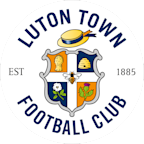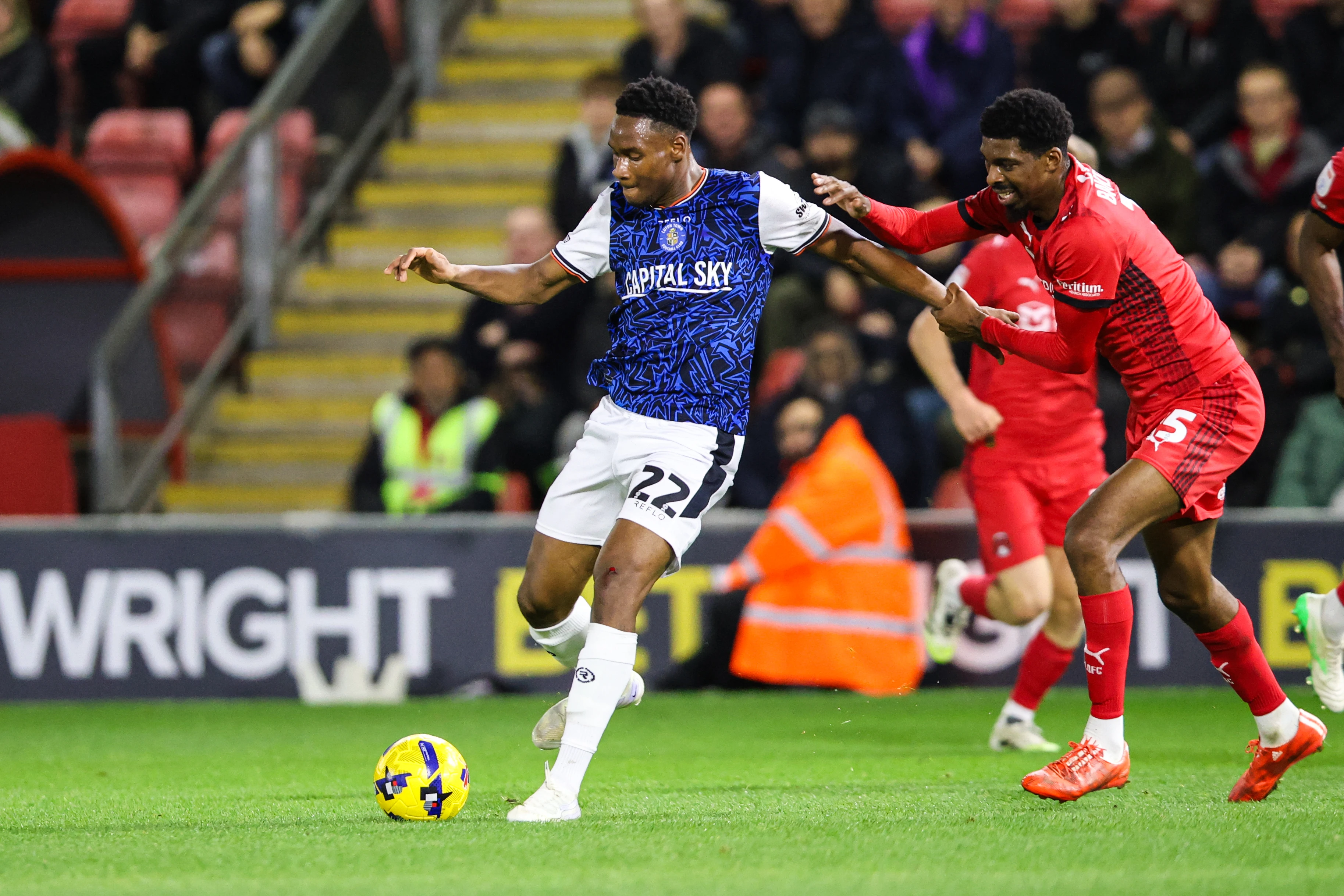This is the first of The Trust Interviews – a series which gives you in-depth insights from key figures behind the scenes at Luton Town.
Danny Murphy joined us as a consultant last March, bringing with him over 20 years of extensive experience in the Premier League, the EFL and with the FA.
In June, he was appointed head of Medical Services, and seven weeks ago, he took on the added responsibility of overseeing the Performance department.
A huge thank you to Danny for taking the time to speak with the Trust and answer some of the questions fans have raised.
Danny, how do your roles work together – and are 'performance' and 'sports science' the same thing?
Sports science is the study of how the human body responds to sport, and optimising this for each athlete is key to maximising performance. I studied sports science before physiotherapy, so for me, they are both part of the same objective, avoiding injury while maximising each athlete's physical potential.
I see these elements as forming the base of a triangle. On one side, you have medical/physiotherapy; on the other side, sports science/strength and conditioning, with both departments supporting the point of the triangle, the manager. Balanced above all of them, like a seesaw, is performance. When all three points of the triangle are aligned and working at a high level, that’s when you achieve the best outcomes, high availability, low injury burden, and optimising physical performance. Our job is to help the manager bring all of that together.
Where do the players fit into this?
The players are at the heart of the triangle, with all of us in those departments – medical, sports science and coaching – working together, led by the manager, to support the players both as a team and as individual athletes.
Within the team’s overall plan, each player has aspects of their training that are tailored to them. These could be treatment, gym, or field based. We take into account key factors like age, previous injuries, biomechanics – how well they move – their ability to tolerate training (load), and their overall strength or power, including individual muscle groups. The science behind this is about balancing a player’s capability, what their body can do at its peak, and the demand placed on them, which is what’s being asked of them in training and games. When the demand exceeds capability, injuries occur. Our job is to prepare them for the demand, manage their response to it (with nutrition, recovery, etc.), whilst pushing them enough, but not beyond, their limits. That’s the challenge for everyone in the industry, managing 25 to 30 players on a daily and a weekly basis throughout the season.
With the number of games in the English calendar and the ever-increasing physical demands of modern football, that challenge is considerable. The more games and the higher the intensity, the harder it is on the body, and unfortunately, that can put players at greater risk of injury. You’ll often hear managers and coaches talk about this.
So, we need to determine how much each player can handle and what we can do to keep them healthy and available. Our job is to help them move as efficiently as possible, build their strength and robustness, while making sure their workload stays within that sweet spot between demand and capability. Our goal is to keep all 25 to 30 players on the right side of that line. That’s the job, and it’s the challenge we face every day.
What is the club doing to address those injury and fitness challenges?
First and foremost, I have to say that the club is committed to creating the best possible environment for the players and their physical development. I am aware there have been concerns from fans about injuries to key players, and I’ll address that in a moment, as that’s one of the reasons I was brought in.
Over the summer, we completely rebuilt and expanded the medical and treatment areas. We’ve also brought in new equipment and enhanced capabilities for fitness and rehabilitation, including pilates equipment, an isokinetic device specifically for hamstring testing – which is an industry-wide concern – hypoxic training to improve athletic performance in injured players by increasing their tolerance to lower oxygen levels, and specific flooring for athletes with a history of joint issues, which can affect their ability to train on the pitch every day.
We’ve also developed our processes for managing each rehabilitation and enhanced the way we communicate about the fitness and injury status of players. Communication and transparency are crucial to keeping everyone on the same page, which ties back to the triangle structure I mentioned earlier. I’m fortunate to work with a fantastic medical and performance team including Head of Sports Science, Josh Hornby, who I've worked with previously, and Chris Phillips who was promoted to Head Physiotherapist this season.
Everything here is set up to the highest industry standards, and some of the changes we made in February are already starting to show results. Aligning with the new manager’s methodology, we've adapted our approach, creating an environment where the players, staff, coaches, and the club as a whole can thrive.
We’re in a battle to survive. Can we do it?
We all know, staff, players and above all fans, that we’re nowhere near where we hoped to be at this stage of the season. Yes, we’re in a battle to survive in this division which is in contrast the club’s vision. We also know fans will be looking for positives, so I’d like to share some figures from the medical and performance side.
Our average availability for the season is sitting at 87 per cent. 85 per cent is recognised as an industry standard for successful teams and actually ties in with previous successful Luton Town seasons.
Compared to last season, our ‘days lost’ – that’s the important impact of injuries – is down by over a third, and return to play times post-injury are also down by 40 per cent. As an example, of the injuries we sustained in February, three were back training within an average of 11 days. Also last month, over half the squad were running faster than they had done for a number of weeks or months with one or two of them setting new bests for speed.
So we’re getting players fitter, faster and with fewer absences – just in time for the key part of the season. We’re making sure they’re as sharp as possible and recover as quickly as they can.
The team spirit is amazing and heads haven’t dropped despite some cruel setbacks and we believe the recent wins against Portsmouth and Cardiff will give us the platform to go on and retain our Championship status. COYH.
This article appeared first in our matchday programme against Middlesbrough, which you can buy here.




